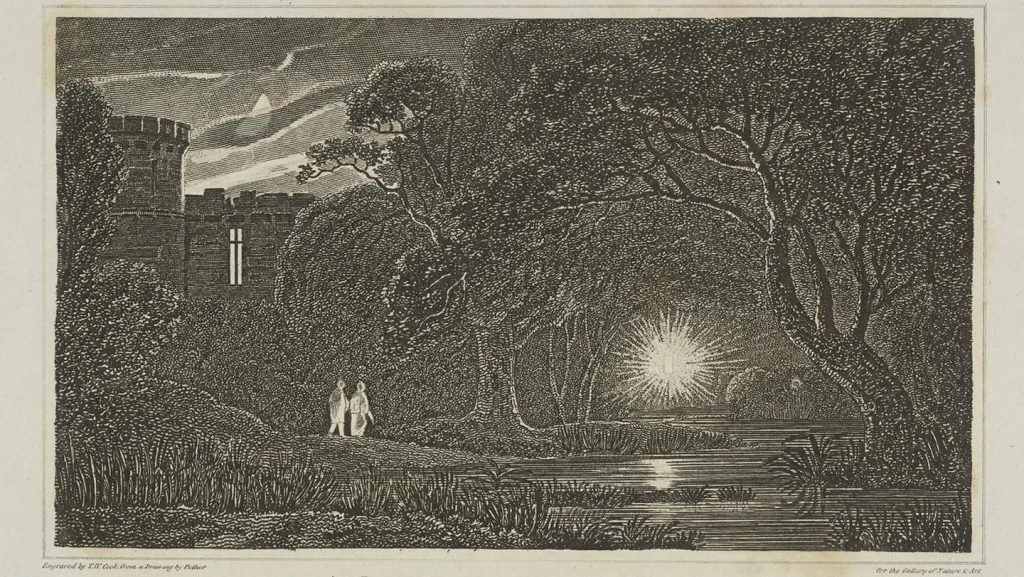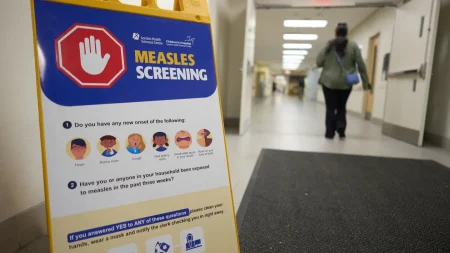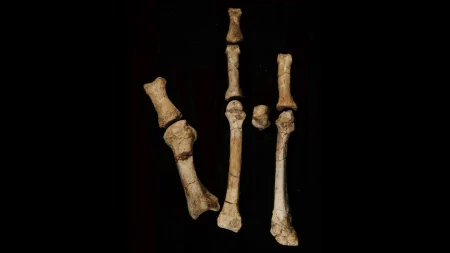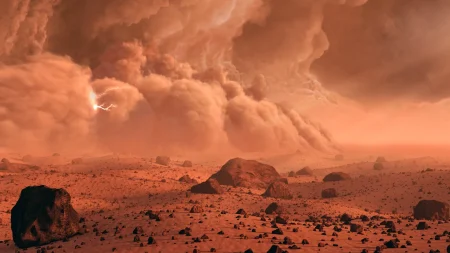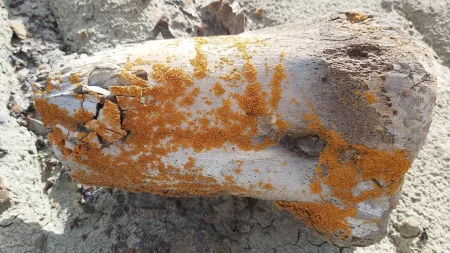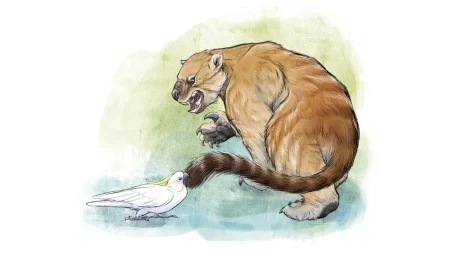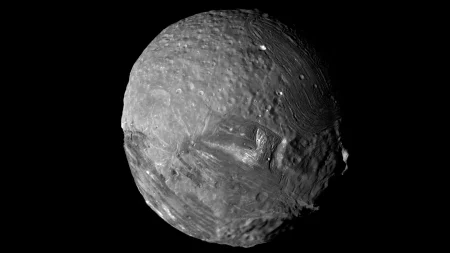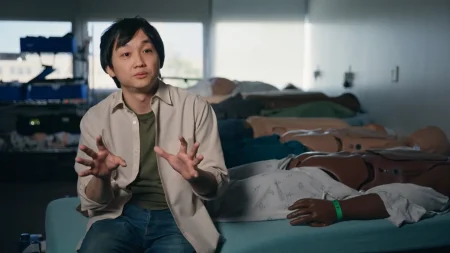The Mystery of Will-o’-the-Wisps: Tiny Lightning Sparks a New Theory
Under the midnight moon, chemist Luigi Garlaschelli once ventured into graveyards hoping to catch sight of a legendary phenomenon: will-o’-the-wisps, those mysterious bluish lights that have been reported floating above swamps and cemeteries for centuries. Despite being equipped with special vacuum devices to capture these elusive phenomena, Garlaschelli’s scientific hunt came up empty-handed. Yet the folklore surrounding these ghostly lights—often described in tales as spirits attempting to lead travelers astray—has persisted throughout history, captivating the imagination of both storytellers and scientists alike.
While traditional scientific explanations have suggested that will-o’-the-wisps result from the slow burning of methane released by decaying organic matter, the precise ignition mechanism has remained elusive. Now, an innovative study published in the September 29 issue of Proceedings of the National Academy of Sciences offers a surprising new theory: microscopic sparks of electricity might be the hidden catalyst behind these ethereal flames. A team of chemists led by Richard Zare at Stanford University discovered that when methane and air bubble through water, they can generate tiny zaps of lightning—potentially enough to ignite the gases and create the floating flames reported throughout history. This discovery not only sheds light on a centuries-old mystery but also opens doors to potential applications in environmental chemistry and greener technologies.
The journey to this discovery began when Zare and his colleagues, having previously demonstrated that water droplets can generate electrical sparks, wondered if tiny gas bubbles might produce similar effects. Yu Xia, initially working in Zare’s lab and now at Jianghan University in China, designed a special 3D-printed nozzle to create tiny bubbles in water, mimicking the natural process of gas seeping from swampy ground. The team employed sophisticated instruments—a photon counter to detect light particles and a high-speed camera to capture any visible flashes—because they anticipated that any electrical discharges between bubbles would likely be too faint for the naked eye to perceive.
Their persistence paid off when they observed that bubbling air into water produced measurable photon emissions, confirming that microlightning was indeed occurring, albeit invisibly. When they introduced a mixture of methane and air, the photon count increased and the water temperature rose, suggesting more intense electrical activity. The breakthrough came when the researchers adjusted their nozzle to produce even smaller, more densely packed bubbles. Drawing on their previous work with water droplets, which showed that smaller drops carry negative charges while larger ones hold positive charges, they theorized that crowded bubbles of different sizes might exchange electrons, creating visible sparks. The modification worked—their camera finally captured tiny flashes of lightning between the bubbles, providing visual evidence of the phenomenon they had been seeking.
Despite this exciting laboratory breakthrough, not all scientists are convinced that microbubble lightning fully explains the will-o’-the-wisp mystery. Antonio Pavão, a chemist at the Federal University of Pernambuco in Brazil, acknowledges that the research clearly demonstrates electrical discharges from microbubbles but questions whether this mechanism would function the same way in actual swamp environments. Pavão points to the scarcity of modern-day sightings as evidence that something else might be at play. He suggests that historical reports of will-o’-the-wisps might have been influenced by travelers’ lanterns igniting swamp gases, rather than a spontaneous natural phenomenon. Similarly, Garlaschelli notes that one significant discrepancy remains: the laboratory experiments occurred underwater, while the folkloric will-o’-the-wisps hover in air.
Even if the exact nature of will-o’-the-wisps remains partly unresolved, this research offers promising applications beyond solving historical mysteries. The study advances our understanding of triboelectricity—the generation of electric charge through friction or contact between objects. Garlaschelli suggests that this effect “might be used to trigger chemical reactions that would otherwise require much harsher conditions,” potentially leading to more environmentally friendly industrial processes. Xia envisions broader applications in environmental chemistry, helping explain “how pollutants behave and transform in the atmosphere” and possibly providing new mechanisms to break down harmful gases. These microbubble sparks might ultimately contribute to developing greener technologies for everyday use.
As scientists continue to explore this fascinating intersection of chemistry, electricity, and folklore, the will-o’-the-wisp remains a captivating reminder of how natural phenomena can inspire both mystical legends and scientific discovery. Whether these ghostly lights are definitively explained by microbubble lightning or continue to guard some of their secrets, the quest to understand them has illuminated new pathways in scientific research that may benefit humanity in unexpected ways—proving once again that curiosity about the unexplained can lead to valuable innovations.





